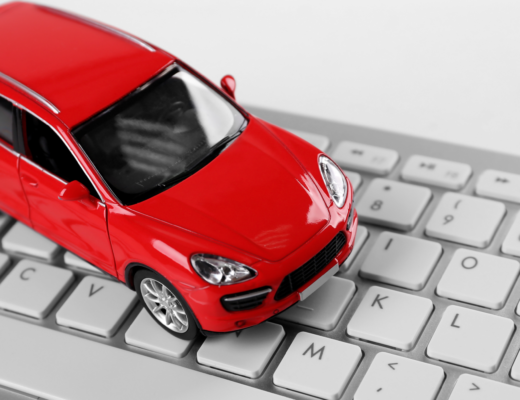The way car dealerships do business has changed with the rise of virtual showrooms. This gives dealers a great way to entice more customers.
Buying a car used to be a completely physical activity, and customers had to visit dealership showrooms to test drive and review available vehicles. Today, that’s changed. Some shoppers can complete the purchase process entirely via virtual devices and have the car delivered directly to their homes. This practice gained popularity during the COVID-19 pandemic, and physical contact wasn’t allowed.
Here are some benefits of a virtual showroom.
You never have to leave your home
Going to the car dealership, or several dealerships, requires planning, preparing, and leaving the house. This can put many people into an uncomfortable environment they would rather avoid. Being able to review and tour vehicles online enables customers to enjoy the comfort of their homes, do things on their own time, and avoid traveling from one place to another.
Forget taking time off work to shop for cars
Some car dealerships are open late and on weekends when most people are off work, but that doesn’t work for everyone. Shopping for a car sometimes requires customers to take time off work, which makes things more inconvenient than they should be. Virtual showrooms allow customers to tour vehicles and take virtual test drives on their own time. All they have to do is click on a link and access the tour.
These showrooms reduce dealership costs
Is the future of auto sales completely virtual? It might be, but that’s not the case right now. Creating an entirely online shopping experience can reduce overhead costs and make dealerships more profitable. The money saved can be put toward improving the service department, digital marketing, and service upgrades. We are still many years from car dealerships going completely digital. Many drivers still love to take a vehicle for a physical test drive.
Cars can show off their best side
The use of 360-degree video and imagery gives dealerships the capability to present products in an enhanced manner that is visually appealing and informative. This helps customers enjoy a comprehensive understanding of the vehicles they might want to buy. Dealers can add tutorials that cover vehicle features and uses to give potential customers more information.
Dealers won’t need as much physical space
If more car dealerships transition to virtual showrooms, the constraint of keeping models on the dealership lot could be lifted. Of course, this might lead to a new challenge. Without a full lineup of vehicles for customers to choose from, a central distribution center might be required to service several of the brand’s dealerships in a specified region.
Improved data collection for analysis
Digital marketing has evolved to capture more information regarding visitors to websites, how long they stay on pages, and what they’re interested in while visiting the site. Using a virtual presentation for car sales, these data points can also be captured by online marketing systems. These virtual systems can be integrated with Google Analytics and Facebook Advertising to improve marketing efforts.
Virtual showrooms can be customized to each customer or vehicle type
These online showrooms are adaptable and can easily present a range of vehicles that could interest each customer. Each vehicle type can be presented in a customized showroom that looks great and makes things more appealing to the customer visiting the site. This presentation helps reduce dealer costs and improves the overall view of any vehicle presented in this virtual manner.
Better for the environment
The environmental impact of operating a physical showroom can be reduced or eliminated by utilizing a virtual environment. This means reduced energy consumption, waste, and physical space. Customers won’t need to drive to the showroom, which helps reduce their impact when they drive to see dealers at their place of business.
How do virtual showrooms work?
Car dealerships can create these showrooms by using 360-degree images, panoramic views, and 3D models to present a welcoming and enjoyable online shopping environment. Add some videos to the mix, and you’ll have a starting point for selling cars online through one of these showrooms.
Customers can use the 3D aspects of these showrooms to virtually walk around and shop the various vehicles available to them. This makes for a unique and advanced car shopping experience.
Creating a virtual environment doesn’t remove the physical need to bring a vehicle to the customer at the end of the sales process. This could create a new logistical challenge for some dealers, but that might be easily overcome with a delivery service.




